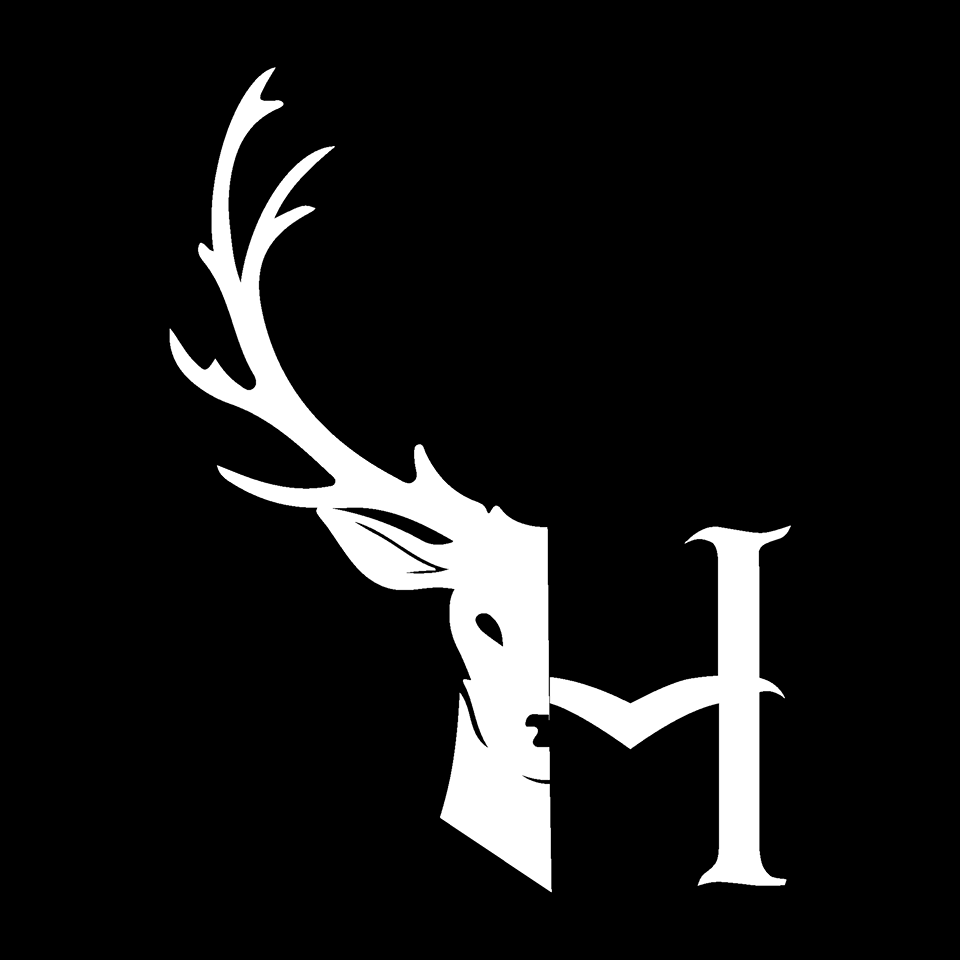"Abandoned" Baby Animals - Intervening or Interfering
May is here and with it comes our highest call volume of the year. At least a half dozen times a week for the next two months we will be fielding calls from worried members of our community that the baby (fill in animal here) in the lawn/garden has been abandoned by its mother.
While we do our best to calm the worry and fears of the other person on the line and thank them for their care and concern, hopefully this post will help clarify some of the behaviors you may see on your property and inform you on when/how it should be dealt with.
Regardless of the species, there are four simple truths that can be applied to the situation:
DO NOT approach any wild animal without proper training and equipment - I would not be a responsible wildlife control operator if I did not first state that you should NEVER approach or handle any wild animal without proper knowledge/training and if you do decide to approach/handle a wild animal, using protective apparel (protective gloves, eye protection, face/body shields, etc.) and employing safety equipment such as catch poles, snake hooks, barrier boards, etc.
Determining if it is TRULY abandoned is paramount - So many species of wildlife like to use the “hands off approach” to raising their young. Species like rabbits only visit their young to feed two or three times in the evening/night. Deer, coyotes, fox, and others will leave the young in tall grasses or under low trees while they go out and locate food. Oftentimes, if you wait a while (could be hours) the mother will return to retrieve her young. If a “baby” has been in the same place for less than 24 hours, we recommend you leave it and allow for the opportunity for the mother to retrieve it’s young.
Intervening or Interfering is an important distinction - If it has been longer than 24 hours that the young animal has been in one place, this MAY be where action needs to be taken. I state “MAY” because there are two schools of thought. The first, though seemingly callus, is the “let nature take its natural course” mentality and choose not to interfere. The second is the choice to intervene and “rescue” the offspring and care for them. I would caution against the latter unless you are a certified wildlife rehabilitation provider. Many of these animals have very specific dietary needs depending on their age, weight, and maturity. Google is a fantastic resource for many things, but if you type” What should I feed baby opossums” into Google you get 1.5 million results telling you very different things.
Make The Call - So you have waited 24 hours, the mother has not returned and you have decided to intervene. I will bring you back to item number 1. Do not approach a wild animal without proper training and equipment. If you truly feel like intervention is necessary, then I would recommend you call a professional. I recommend contacting a wildlife rehabber first. They may be willing to come to your property, remove the animals, care for them, and release then=m once they are developed enough to do so. If a wildlife rehabber can not/will not assist you, then your next call should be to the Ohio Department of Natural Resources (ODNR) or your municipal Animal Control program. They will either inform you of the next steps to take, or (likely) tell you they will not intervene unless the animal is causing danger/damage to persons or property. The last call you should make is to a nuisance wildlife control operator.
Why do I say I should be the LAST person you call? For the following reasons:
a.) For me to come on your property to remove an animal, I have to charge a fee. Many people are not willing to pay $135 for me to come pick up baby rabbits out of their garden (which I totally understand)
b.) I am governed by ODNR regulations, many of which require any animal I “capture” either be released on site or euthanized. If the animal has ANY chance of survival,ending up in my possession changes that
c.) Very few rehabbers are willing to work directly with wildlife control operators and in some jurisdictions the rehabbers risk losing their license and certifications taking wildlife from a WCO.
So there you go. If in the coming weeks you find a litter of baby rabbits in your flower bed or you look out your window to see a young fawn under your jack pine I hope this article will help guide you on what steps to take.
Till next time… see ya folks.
